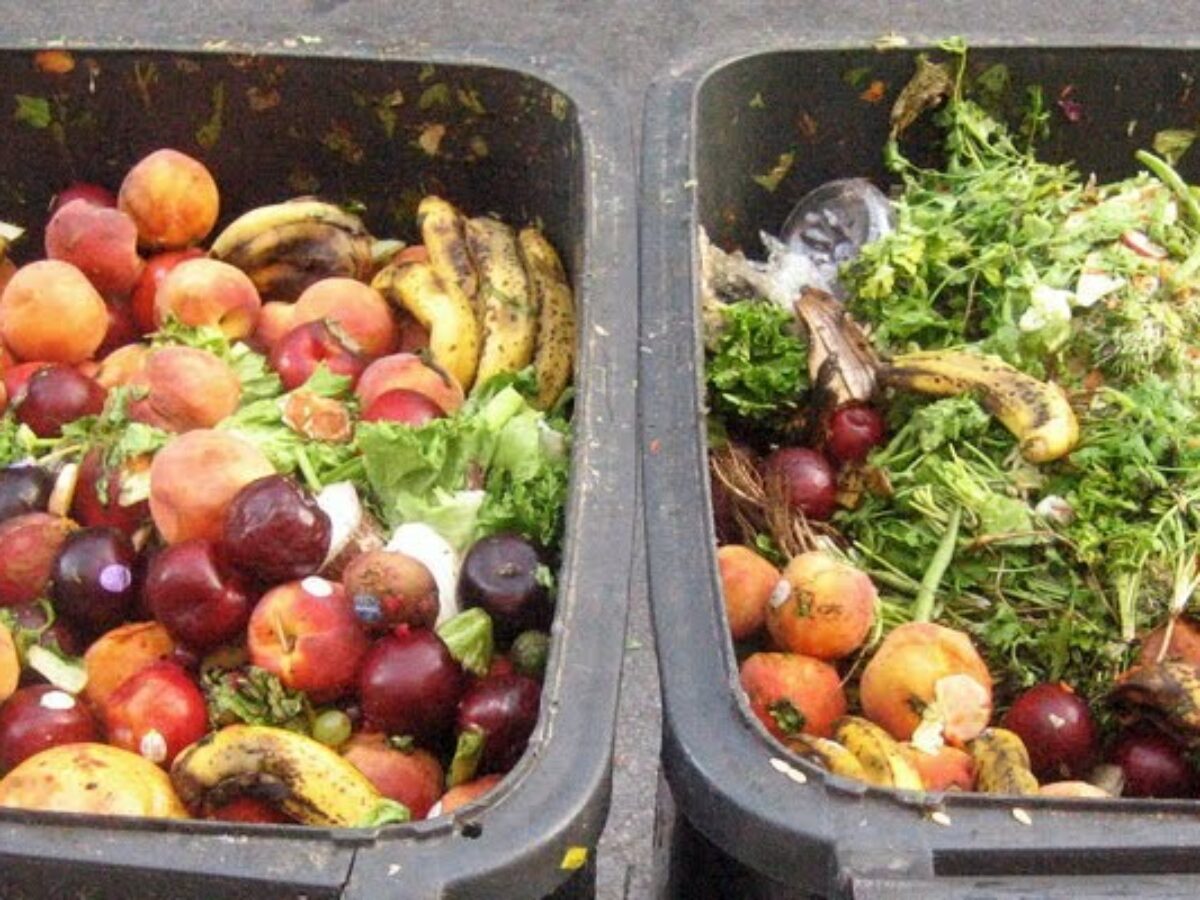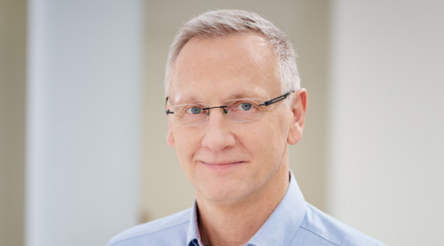Food waste is global scourge of alarming enormity – worth an estimated $1.6 trillion annually – but South Australia is placed at the forefront of finding new ecological and economic solutions.
In July 2018, the Federal Government announced the allocation of $30 million in funds to establish the Fight Food Waste Co-operative Research Centre (CRC) in Adelaide, a commitment by industry and government worth a combined $121 million over 10 years to combat Australia’s estimated $20 billion annual food waste bill.
Having completed contracts between all parties making contributions to the CRC – being a unique combination of 43 industry partners, eight universities and five state government partners – the program’s first six research and development projects were approved two weeks ago.
Dr Steven Lapidge, CEO of the Fight Food Waste CRC, based in the Wine Innovation Building at Urrbrae, says that while work on many projects will occur around the nation and have a national impact, SA was the natural home for the centre.

Split and damaged citrus bound for waste.
“From container recycling to banning plastic bags, SA has been a leader in sustainability for a long time. We also have the lowest food waste per capita,” says Steven.
“Now we take it to the next level. Driving large-scale change through innovation represents a huge opportunity in this state. Australia was lagging 10 years behind Europe, and now this CRC is the largest enterprise committed to research and development of food waste solutions in the world.
“We are in a position to play a critical leading role. We need to, because the global statistics are staggering. It’s estimated that 33% of all food produced is wasted – and 50% of all fruit and vegetables grown end up as waste, most of it becoming land fill.”
Research and development initiatives are an increasing focus of international attention. Steven spoke with Brand SA News on Stop Food Waste Day (April 24), a US-based online initiative driven by major food industry bodies, calling for people to become food waste warriors, by taking a pledge to raise community awareness about the issue.

Minister for Primary Industries and Regional Development, Tim Whetsone, speaks at the CRC launch.
“What is happening in industry to combat food waste is going hand-in-hand with a zealous public awareness campaign, all designed to give the smart initiatives maximum traction,” says Steven. “They not only make environmental sense. Businesses make profits from turning their own waste products into something of value that can be sold.”
One of the CRC’s first projects will be exploring new packaging initiatives for food, which Steven says is of critical importance.
“Public sentiment is distorting the argument around food packaging. There needs to be a more balanced understanding about what can be done with smarter and more efficient packaging to help eradicate food waste through prolonging food shelf life and reducing spoilage.”
Food waste transformation projects are already in motion, led by the local potato industry. SA has the four largest producers in the country, producing about 80% of Australia’s premium potatoes.

Currently 45% go to waste, but the University of Adelaide is working with Potatoes SA to turn discarded fresh potatoes into puree, dairy-free ice cream and vodka. With potatoes being the third largest commodity in the world, these waste transformation ideas are set to have significant international traction.
Two more of the initial food waste transformation projects are with the SA-based abalone and national prawn fisheries, to prevent waste of expensive ingredients when they are being processed, to ensure greater profitability in fisheries.
Already, the SA Research and Development Institute has helped to transfer lobster processing by-products into lobster oil and dehydrated powder.
“These are the sorts of changes that turn around farming profitability,” says Steven. “It has repercussions across so many industries throughout this state, and elsewhere.”
Steven is also confident the CRC outcomes will influence widespread behavioural change to reduce food waste, especially through the CRC’s industry connection hub that extends the centre’s influence.
“Between all of the partners involved in the CRC, we have a reach of 10 million people. It’s unheard of to have an extension network this big,” says Steven. “The outcomes from this CRC will have enormous influence and pass positive messages all along the supply chain.”

The Fight Food Waste CRC team and representatives from other bodies including SARDI and PIRSA.
Steven says the Fight Food Waste CRC expects to have about half its initial research portfolio in place by the middle of this year, representing about 20 projects. This includes such bright ideas as efficient processes to convert grape marc (waste grape pulp and stalks) into grape seed extract.
None is currently produced in Australia, despite the abundance of marc produced by the local wine industry. CRC participant Swisse Wellness is encouraging this project, as it currently needs to import large quantities of grape seed extract from France for use in its products.
Other ingredients used in nutraceuticals are derived from such horticultural products as carrots, broccoli, tomatoes – which are all high-waste crops in Australia.
Successful CRC research will inspire further initiatives, and have far-reaching effect. “Reports that have focused on the Circular Economy are promising new jobs – 25,000 are possible in SA, if it all comes to fruition,” says Steven.
“The solutions and new ideas that will be implemented through the Fight Food Waste CRC will be a big step towards heading in this direction.”
Hello from SA is the global community for South Australians living, working and learning interstate and abroad.
Subscribe to our free @AuManufacturing newsletter here.











